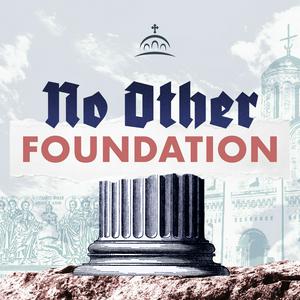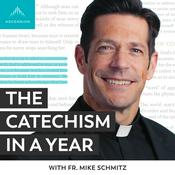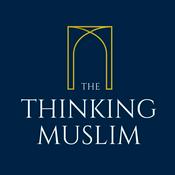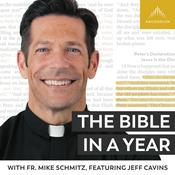No Other Foundation

292 afleveringen

“Command!”: a Reflection on the Contemporary Ordination Practice
03-12-2025
At the ordination of a priest or deacon the following ritual is observed: some of the serving clergy take the candidate to be ordained into the nave (in the case of a diaconal candidate, two subdeacons; in the case of the priestly candidate, two deacons), assist him in making a prostration toward the assembled congregation and they then say “Command!” They then raise up the candidate, turn him around so that he is facing the altar, have him make another prostration and again say “Command!” Having raised him up again, they take him through the Royal Doors into the altar. The candidate is then received by another clergyman (a deacon if the candidate is to be ordained deacon; a priest if the candidate is to be ordained priest) and then brought to the bishop who is seated by the altar table. He is then helped to make a prostration to the bishop as the assisting clergy say, “Command, right reverend Master!” No response is given to these words; the requests for a command are met with silence.

The Accomplishments of the Reformation
19-11-2025
On October 31 parts of the western world celebrated Reformation Day, giving thanks for the Protestant Reformation. (I am tempted to observe that on the old Julian calendar, Reformation Day was on Thursday November 13.) Here I would like to look back and make a few observations about the accomplishments of the Reformation. For the Reformation resulted in a number of things we now too easily take for granted.

The King of Israel
11-11-2025
Tucked well away in the Divine Liturgy in a prayer that the priest says silently for himself we find a significant title of Christ. The priest offers the prayer as the people sing the cherubic hymn but because it is not a prayer of the Church but a private prayer of the priest there is no reason for the people to hear it and seal it with their “Amen”. Nonetheless, I sometimes feel that it is a shame the people cannot overhear it, for it is very beautiful.

A Christian Response to War
24-9-2025
As a baby boomer child of the 1950s, I was taught to hate war. For my generation, war was an unmitigated evil (though, happily, this notion did not spill over into hating or disrespecting our soldiers—later described as “peace-keepers”). Our generation’s hatred of war was well expressed in the 1969 heart-felt anti-war song popularized by Edwin Starr, some of the lyrics of which were, “War! What is it good for? Absolutely nothing!...War I despise, ‘cause it means destruction of innocent lives…It ain’t nothing but a heart-breaker, friend only to the under-taker!”

The Dying of the Light
17-9-2025
When I was young, I read a famous poem that I now regard as one of the strangest poems ever written. It is the one entitled “Do not go gentle into that good night” by Dylan Thomas with its repeated refrain “do not go gentle into that good night…rage, rage against the dying of the light”.
Meer Religie en spiritualiteit podcasts
Trending Religie en spiritualiteit -podcasts
Over No Other Foundation
Luister naar No Other Foundation, Heilige van de Dag en vele andere podcasts van over de hele wereld met de radio.net-app

Ontvang de gratis radio.net app
- Zenders en podcasts om te bookmarken
- Streamen via Wi-Fi of Bluetooth
- Ondersteunt Carplay & Android Auto
- Veel andere app-functies
Ontvang de gratis radio.net app
- Zenders en podcasts om te bookmarken
- Streamen via Wi-Fi of Bluetooth
- Ondersteunt Carplay & Android Auto
- Veel andere app-functies


No Other Foundation
download de app,
luisteren.





































